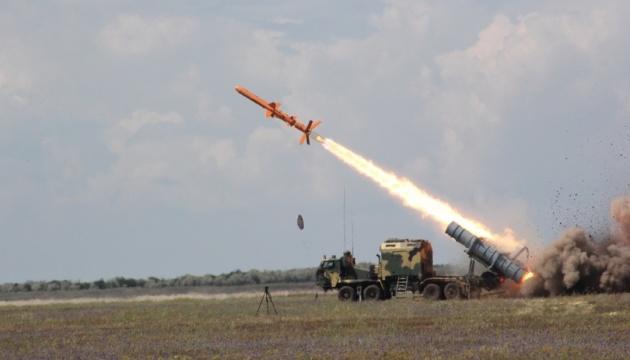Portable Anti-Drone Technology Tested by US Army in Germany
The US Army is currently assessing portable counter-unmanned aerial system (C-UAS) technologies aimed at safeguarding dismounted troops from drone threats during trials in Germany. These evaluations, held in Bavaria, are part of a larger initiative to identify which next-generation innovations can effectively enhance capabilities in drone warfare.
During the trials, soldiers are experimenting with a variety of solutions including wearable systems, vehicle-mounted devices, and tools integrated into their rifles, all designed specifically for use by small tactical units.
Innovative Soldier Equipment
Among the tested technologies is the “Soldier Kit,” a wearable set of equipment developed by the Danish firm MyDefence. This kit features the “Wingman” detection system, which monitors UAS activity in real-time, alongside “Pitbull” jammers that facilitate targeted disruptions of drone signals. Weighing 1.3 kilograms (2.8 pounds), this equipment promotes troop mobility and can either be attached to tactical gear, stored in a bag, or sewn into combat uniforms.
Soldiers can easily mount Wingman and Pitbull devices onto their modular tactical vests, enhancing their operational readiness in the field.
Advanced Radar Systems
Another key element evaluated was the American-designed EchoShield, a radar system measuring 17 inches (43 centimeters) that can track a variety of aerial threats, including adversarial forces and both manned and unmanned aircraft. With an operational range of up to 30 kilometers (19 miles), it can function effectively in vehicle-mounted or static configurations, making it useful for both coastal and airspace management.
Additionally, troops utilized Smartshooter attachments on their rifles to identify nearby drones, showcasing another layer of tactical advantage in their assessments.
Firearm Modifications for Anti-Drone Warfare
For active engagement of hostile drones, the trials featured the Israeli Smartshooter, an accessory designed to convert standard rifles into anti-UAS weapons. This device boasts a length of roughly 164 millimeters (6 inches) and is capable of operating for around 70 hours, providing precision fire support.
The incorporation of such technology represents a significant evolution in traditional firearms, adapting them to meet modern battlefield threats posed by drones.
Valuable Insights from Field Trials
The exercises involved the 2nd Cavalry Regiment, a highly mobile unit comprising 4,800 troops stationed at Rose Barracks in Vilseck. This regiment specializes in diverse operational capabilities to fulfill the Pentagon’s European commitments and NATO’s objectives.
Staff Sgt. Matthew Salinas, a UAS operator within the regiment, shared his thoughts on the trials, stating, “This project has been paramount for us. It has enabled us to stay ahead of the curve,” highlighting the importance of these assessments.
Future Deployments and Evaluations
Looking ahead, these anti-drone technologies are scheduled for deployment during a live-fire exercise in Poland this August, where further performance evaluations will be conducted to determine their effectiveness.
This ongoing commitment to testing and refining new anti-drone systems underscores the military’s strategic focus on adapting to emerging threats in modern warfare.







